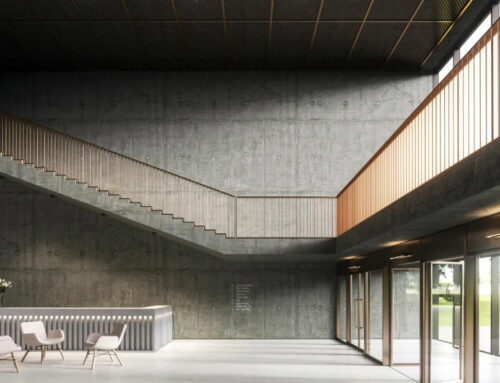In the world of architectural visualisation, two prominent methods are regularly used to illustrate designs: hand-drawn architectural images and full CGI (Computer-Generated Imagery). Both have their unique merits, and the choice between them often depends on the project’s objectives, artistic preferences, and budget constraints. Here, we will explore the differences between hand-drawn architectural images and full CGI, helping you make an informed decision.
Hand-Drawn Architectural Images
Artistic Authenticity: Hand-drawn architectural images, including sketches and watercolor renderings, offer a unique artistic touch that resonates with authenticity and human craftsmanship. These drawings often evoke emotion and can be particularly compelling for clients looking for a personal touch in their project presentations.
Quick Conceptualisation: Hand-drawn sketches can be created relatively quickly, making them an excellent choice for initial design concepts and ideation. They allow architects to explore multiple ideas rapidly.
The ‘Softer’ approach: When a project is a bit more sensitive, illustrations can offer a less realistic option to help sell the idea of a scheme rather than demonstrate the precise details that may work against the overall idea of the project.
Full CGI (Computer-Generated Imagery)
Photorealistic Precision: Full CGI offers the ability to create photorealistic images with intricate details. It’s ideal for showcasing finished projects or providing clients with a clear, detailed vision of their future space.
Versatility: CGI can depict a wide range of design styles, from traditional to futuristic, giving architects and clients the flexibility to explore different visual directions.
Choosing the Right Visualisation Method
Project Type: Consider the nature of your project. For conceptual designs or renovations, hand-drawn sketches might be more suitable whereas full CGI is often preferred for marketing and presentation of finalised projects.
Budget Constraints: Hand-drawn sketches are typically more cost-effective than full CGI making them a practical choice for projects with limited budgets.
Artistic Style: Think about the desired aesthetic. If you want to evoke a sense of nostalgia or emphasize the human touch, hand-drawn images can achieve that. Conversely, if you aim for precision and realism full CGI is the way to go.
Client Preferences: Consult with your clients to understand their preferences. Some clients might prefer the charm of hand-drawn sketches, while others may be drawn to the polished look of CGI.
In summary…
In the architectural world, the choice between hand-drawn architectural images and full CGI is a matter of balancing aesthetics, functionality, and budget. Both methods have their strengths and applications. By considering project objectives, artistic preferences, and financial constraints, you can select the visualization method that best suits your needs.



Leave A Comment